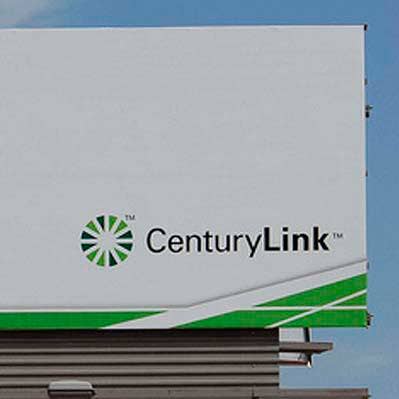CenturyLink Fiber Expansion Brings Benefits To Partners, Businesses
CenturyLink just extended the reach of its fiber into 50 major cities to empower more businesses that need a reliable network for their next-gen applications, such as IoT.

CenturyLink is aggressively expanding its fiber footprint with the Tuesday announcement that its intercity network has grown by 3.5 million fiber miles, connecting 50 major cities.
The Monroe, La.-based telecom giant said that it has completed phase one of its fiber buildout, which extends the reach of its fiber network into large U.S. cities, connecting more enterprises and service providers.
CenturyLink used existing multi-conduit infrastructure and hybrid Corning cable for its most recent buildout, which included a long-haul network and dense metro networks. The infrastructure will help to boost network performance across CenturyLink's network, and better serve business customers and government agencies looking to build their own secure networks for demanding next-generation applications, such as IoT.
[Related: CenturyLink’s New Channel Partner Program Agreement Incentivizes Partners To Sell Strategic Services]
"Our multi-conduit infrastructure has a significant amount of capacity for supporting the growing demand for fiber and will allow us to quickly and cost effectively deploy new fiber technology now and in the future," said Andrew Dugan, CenturyLink's CTO in a statement. "This uniquely positions CenturyLink to meet the needs of companies seeking highly reliable, low-latency network infrastructure designed to move massive amounts of data."
The fiber buildout is great for the company's channel partners because CenturyLink hasn't historically had a footprint in large cities, said Shane Stark, director of vendor and channel relations for Carrier Access, a Clive, Iowa-based CenturyLink partner.
"As far as fiber goes, it's all about who is closest when we are sourcing fiber for customers because install times are very important," Stark said. "The biggest thing CenturyLink is doing with this expansion is decreasing buildout times."
CenturyLink, compared to some of the competition, has been very flexible in building to Carrier Access' clients that were considered out of the carrier's footprint, Stark said. The carrier also has Level 3 Communications assets which can be used to build to more enterprise customers that they wouldn't have been able to reach previously, he said.
"I think this [buildout] will help CenturyLink compete with regional providers, too," Stark added.
The second stage of its fiber expansion project, which was announced during CenturyLink's fourth-quarter 2018 earnings call, will include locations in Europe. The carrier expects stage two to be completed in early 2021.
CenturyLink is the second-largest U.S.-based communications provider to global enterprise customers behind Comcast. The company has earned about 75 percent of its revenue is from its business services since the coming together of Level 3 Communications and CenturyLink in 2017.